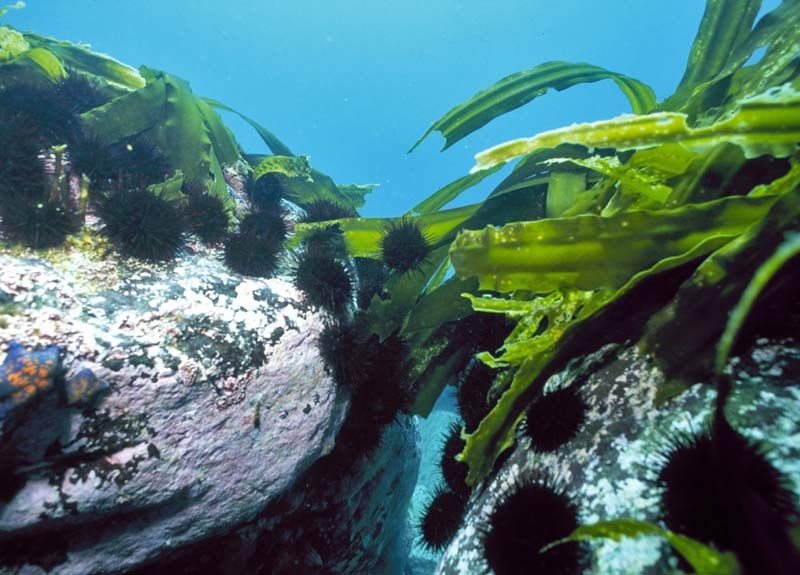Otters save from global warming
Last reviewed: 23.04.2024

All iLive content is medically reviewed or fact checked to ensure as much factual accuracy as possible.
We have strict sourcing guidelines and only link to reputable media sites, academic research institutions and, whenever possible, medically peer reviewed studies. Note that the numbers in parentheses ([1], [2], etc.) are clickable links to these studies.
If you feel that any of our content is inaccurate, out-of-date, or otherwise questionable, please select it and press Ctrl + Enter.

Scientists from the University of California at Santa Cruz found that sea otters can help prevent global warming.
The fact is that sea otters (sea otters) are formidable enemies of sea urchins, which in turn eat seaweed (laminaria). That is, in this way the ecological chain "sea-eagles-sea urchins-laminaria" is carried out. It is laminaria that secrete oxygen and absorb carbon dioxide.
The article of Californian scientists, professors Chris Wilmers and James Estas, was published in the on-line journal "Borders of Ecology and the Environment".
"It is very important. Our study is evidence that animals have a huge impact on the carbon cycle, during which carbon is continuously removed, used and replaced by living things, "commented Professor Wilmers.
Specialists have calculated that algae occupying 1 square meter at a depth of 20 meters can absorb 180 grams of carbon dioxide.
According to scientists, if to restore the population of sea otters, then, in turn, they will reduce the number of sea urchins, which means that laminaria will become larger.

The more algae, the more carbon dioxide they absorb.
"Calans have a positive indirect effect on the biomass of algae that destroy sea urchins. In places where otters devour tons of hedgehogs, algae grow luxuriantly and densely. Thus, the density of settlements of sea urchins is controlled, "the study authors say.
The higher the population of laminaria, the more carbon dioxide will be absorbed. In a year this figure can make on 1 million more.
"At the moment, most methods to combat climate change ignore the impact on the carbon cycle. But in fact, their usefulness in combating global warming is enormous, "says Professor Wilmers.
At the moment the population of sea otters in North America is about 75 thousand individuals. This exceeded the figure, which was recorded almost 100 years ago almost twice. In the 20th century, this species was on the verge of extinction.
Naturally, it is impossible to solve such a serious problem as global warming thanks to sea otters alone, but these animals can become one of the links in the chain, which is an integrated approach to solving this problem.
 [1]
[1]
